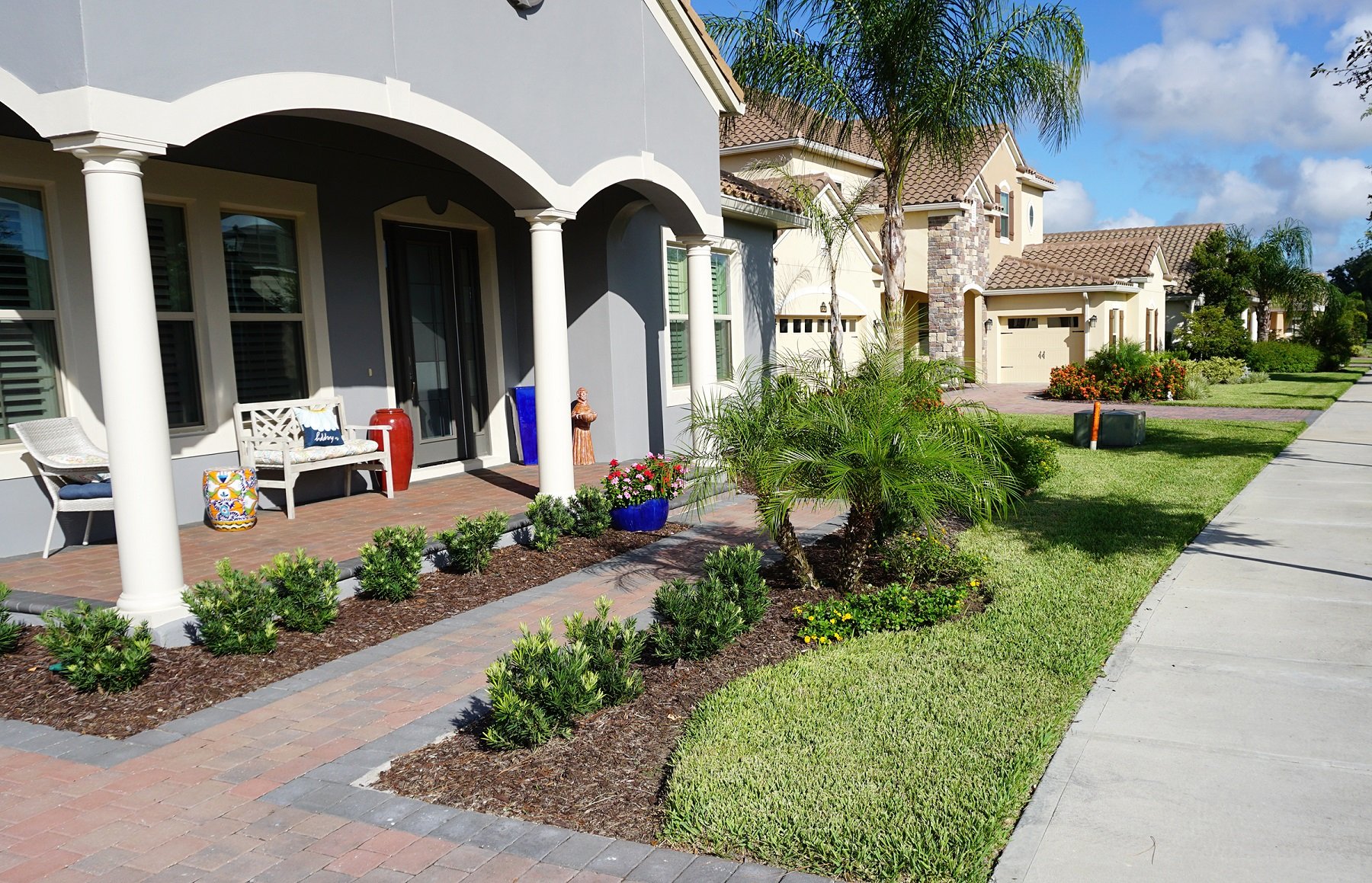
Image Source: Google
Having well-maintained landscaping in a community property not only enhances the visual appeal of the area but also adds value to the properties within it. However, maintaining community property landscaping can be a challenging task, especially with multiple stakeholders involved. If you need more information about community property landscaping, you may visit here https://heosaz.com/community-landscaping/
Here are five essential tips to help you keep the common areas of your community looking beautiful and inviting.
1. Establish a Landscaping Committee
Assign Responsibilities
- Designate individuals to oversee different aspects of landscaping maintenance, such as lawn care, flower beds, tree trimming, and irrigation.
- Create a schedule for regular inspections and maintenance tasks to ensure that the landscaping is well taken care of throughout the year.
Communication is Key
- Keep an open line of communication among committee members, property owners, and landscaping professionals to address any issues or concerns promptly.
- Encourage feedback from residents to understand their preferences and incorporate them into the landscaping plans when possible.
2. Invest in Professional Landscaping Services
Hire Qualified Professionals
- Choose landscaping companies with experience in maintaining community properties to ensure high-quality services.
- Request references and examples of previous work to evaluate the expertise and reliability of the landscaping professionals.
Regular Maintenance Contracts
- Consider signing a long-term contract with a landscaping company for regular maintenance services, including mowing, fertilizing, and seasonal clean-ups.
- Discuss the scope of work, schedule, and pricing details upfront to avoid any misunderstandings later on.
3. Implement Sustainable Landscaping Practices
Choose Native Plants
- Opt for native plants and grasses that are well-adapted to the local climate and require less water and maintenance.
- Native plants also attract local wildlife, such as birds and butterflies, enhancing the biodiversity of the community property.
Water Conservation
- Install an irrigation system with timers and sensors to efficiently water the landscaping and avoid wastage.
- Consider using drought-resistant plants and mulch to retain soil moisture and reduce the need for frequent watering.
4. Encourage Resident Participation
Organize Community Events
- Host gardening workshops, tree planting days, or landscaping competitions to engage residents and foster a sense of community pride.
- Encourage residents to volunteer for landscaping tasks or contribute ideas for improving the common areas.
Create a Gardening Committee
- Form a gardening committee made up of enthusiastic residents who can assist with maintaining community gardens, planters, or other landscaping features.
- Provide training and resources to ensure that the gardening committee members have the knowledge and tools to care for the landscaping properly.
5. Regularly Assess and Update Landscaping Plans
Conduct Annual Inspections
- Walk through the community property regularly to identify any landscaping issues, such as overgrown plants, irrigation leaks, or pest infestations.
- Create a checklist of maintenance tasks and prioritize them based on urgency and budget constraints.
Seek Feedback
- Survey residents periodically to gather feedback on the landscaping preferences, satisfaction levels, and suggestions for improvement.
- Use this feedback to make informed decisions about updating landscaping plans, adding new features, or making necessary changes to enhance the community property.
By following these five essential tips for maintaining community property landscaping, you can create a visually appealing and sustainable outdoor environment that enhances the overall quality of life for residents and visitors alike.